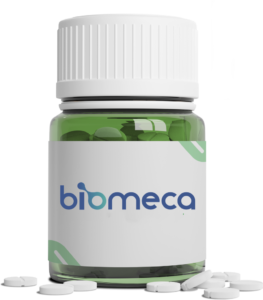The main barrier of the skin is located in the outermost layer of the skin, the stratum corneum. Several damages in stratum corneum involve skin barrier disorders as Atopic Dermatitis, complex disease due to multiple factors (immunologic, genetic, environnemental).
BioMeca®’s solutions
BioMeca® provides a solution to measure stiffness of corneocytes from healthy subjects and non-involved skin of patients with Atopic Dermatitis. We use AFM to exhibit changes of morphological and physical properties of these two-types of corneocytes.

Download the full version!

Discover our other solutions
Case studies
Tumor escape and extracellular matrix
A new dependence receptors family (DR) has been discovered by one of our academic partner. These receptors inhibit tumor progression by inducing apoptosis when cancer cells are in absence of DR ligands.
See the study
Case studies
Tissue stiffness
Pancreatic cancer is the 4th most frequent cause of cancer-related deaths worldwide and should become the 2nd one hence 2030. The extracellular matrix in the tumor microenvironment modulates the cancer cell phenotype and need to be more studied to develop efficient treatment
See the study
Case studies
Skin barrier
Epidermal differenciation triggers to the formation of apoptotic cells, corenocytes more or less cohesive. One of the main role of these cells is to regulate epidermis permeability. The skin barrier is due to the accumulation of lipids.
See the study
Need more innovative pharmacological solutions?




